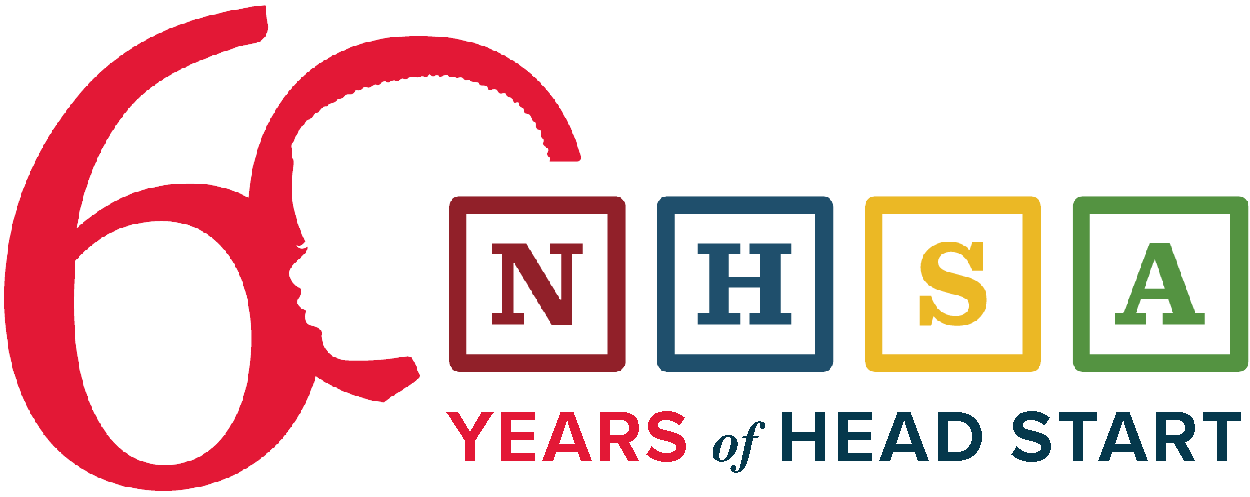A well-known adage in early education holds that the environment is the third teacher. Yet, one of the most pressing and commonly cited needs among Head Start grantees is funding to address deteriorating, out-of-date, sometimes crumbling facilities. Head Start and Early Head Start programs need additional classroom space, updated heating, cooling, and ventilation systems, and retrofitted spaces to fully serve currently enrolled children in safe, vibrant classroom environments.
According to a U.S. Department of Health and Human Services 2015 report to Congress, 61% of Head Start centers evaluated, or 2,201 of 3,603 centers, were identified as needing improvement to their physical infrastructure. The buildings in which Head Start and Early Head Start programs operate are often older, leading to long overdue repair needs: fifty percent of the centers assessed were 50 years of age or older (1,667 centers were constructed before 1979). Many had systemic issues requiring major renovations, and a few required rebuilding due to exposure to severe weather, leaky roofs, and old boilers. Despite these findings, Head Start has not received dedicated funding to address dire facilities needs and wholly support our youngest learners.
Examples of Elements of High-Quality Early Childhood Facilities:
- Safe playground and outdoor spaces that connect children with the outdoors and offer potent protection against child obesity, depression, and attention deficit disorder.
- Strong HVAC systems to mitigate asthma attacks, allergies, and the spread of disease—factors that can negatively affect children and adults alike, and if unattended to, lead to increased student absenteeism and decreased academic performance.
- Regular testing of water quality and timely prevention and intervention efforts that ensure availability of clean drinking water.
- Proper classroom acoustics support attention, memory, and academic achievement.
- Child-sized sinks and toilets to build independence, competence, and good hygiene practices.
- An organized learning environment with clear delimitations of common areas for creative play and targeted learning (e.g., reading or STEM) to support children’s academic and socio-emotional learning.
The Link Between Head Start Facilities and Child Outcomes
The physical environment of an early childhood program—the building, facilities, bathrooms, sinks, playground, acoustics, spatial layout, and even color placement—is central to providing a safe, clean, and stimulating early education experience that promotes healthy child outcomes. High-quality physical environments are vital to mitigating negative external factors, such as poor long-term memory, reading and concentration difficulties, headaches, drowsiness, childhood obesity, and exposure to bacteria and viruses that have been shown to hinder children’s cognitive development. Additionally, investing in facilities can reduce exposure to noise pollution, toxins in air and water, and other factors that negatively affect development.

